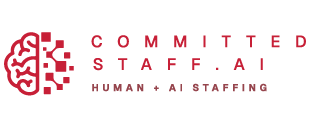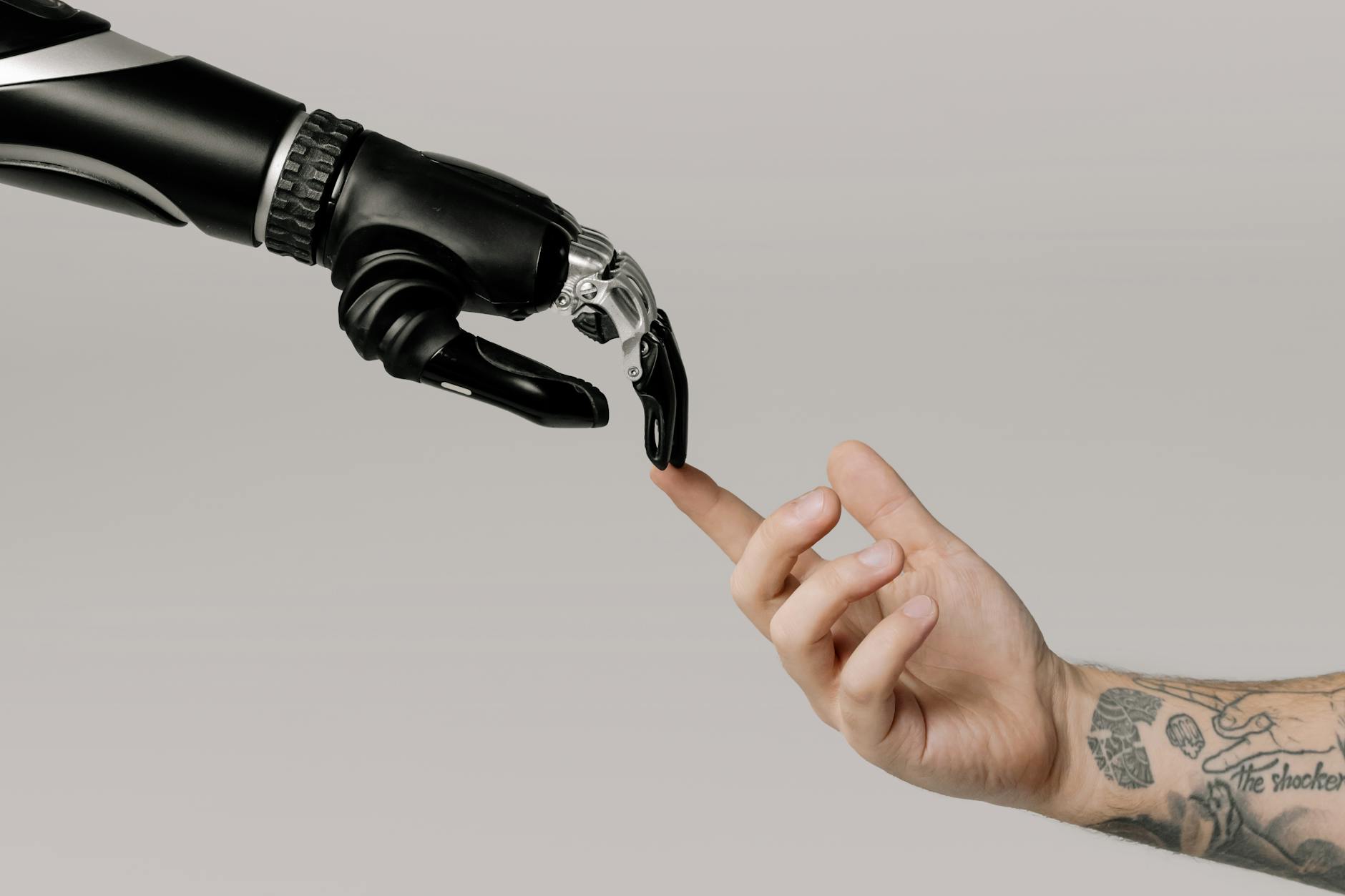The augmented workforce isn’t coming—it’s here. 82% of companies plan to integrate AI agents within 1-3 years, marking the most significant workplace transformation since the industrial revolution. This shift represents far more than automation; it’s about creating collaborative ecosystems where humans and AI agents work as digital teammates, each leveraging their unique strengths to drive unprecedented productivity and innovation.
The significance extends beyond efficiency gains. Organizations implementing augmented workforce strategies report 20-50% productivity increases, while simultaneously creating new job categories rather than eliminating human workers. As Jorge Amar, McKinsey Senior Partner, explains: “This is a workforce that will conduct end-to-end processes, replacing many tasks being performed today by the human workforce while augmenting others to help make it better, faster, more efficient.”
This transformation demands strategic thinking from business leaders. Unlike traditional automation that replaced human labor with machines, augmented workforce models enhance human capabilities through intelligent collaboration. Companies that master this integration will capture significant competitive advantages, while those that hesitate risk obsolescence in an AI-driven economy.
What Defines the Modern Augmented Workforce
The augmented workforce represents a fundamental departure from traditional staffing models. Deloitte defines it as “the shift from full-time employees to a workforce augmented by both technology and crowds, including AI, robotics, cognitive tools, and freelance workers working alongside traditional employees.”
This model encompasses three core components working in harmony. Human employees bring creativity, emotional intelligence, and strategic thinking. AI agents handle routine tasks, data analysis, and complex problem-solving at scale. External talent provides specialized expertise and flexible capacity. The result is a dynamic ecosystem that adapts to changing business needs while maximizing human potential.
The key differentiator is augmentation over automation. Traditional automation replaced human tasks with predetermined processes. Augmented workforce models enhance human capabilities through intelligent collaboration. MIT Sloan research reveals that 47% of current work tasks involve human-intensive capabilities that benefit from AI augmentation rather than replacement, including empathy, creativity, organizational thinking, and leadership.
How AI Agents Function as Digital Teammates
AI agents serve as autonomous digital workers capable of independent decision-making and task execution. Unlike simple chatbots or basic automation tools, these agents can plan multi-step workflows, adapt to changing conditions, and collaborate naturally with human colleagues through conversation.
Leading AI agent platforms are already transforming work processes. Salesforce Agentforce enables autonomous business workflows, while Microsoft’s Copilot ecosystem integrates AI assistance across productivity applications. These agents excel in deterministic environments like customer service, document processing, and software development, where they achieve 98% accuracy rates in complex tasks.
The technology stack powering AI agents includes large language models for natural language understanding, retrieval-augmented generation for accessing proprietary data, and multi-modal capabilities for processing text, audio, and visual information. Amazon deploys over 750,000 robots across fulfillment centers, not to replace workers but to handle repetitive tasks while humans focus on complex problem-solving and decision-making.
Real-world applications demonstrate the transformative potential. JPMorgan Chase’s LLM Suite serves 60,000+ employees for email writing, document summarization, and analysis, generating $1.5-2 billion in expected value creation. BMW’s AIQX platform uses computer vision for quality assurance, achieving $1 million+ annual savings while redeploying six workers per production line to higher-value roles.
Hybrid Staffing Approaches That Work
Successful augmented workforce implementation requires strategic integration of human workers, AI agents, and flexible talent. Three primary models emerge from leading organizations’ experiences.
AI-augmented human teams maintain human decision-making authority while providing organizationally approved AI tools to optimize work processes. Microsoft exemplifies this approach with 140,000+ employees using Copilot, achieving 44% more accurate and 26% faster task completion in security analysis while reporting improved work quality across 86% of users.
Human-AI collaboration models feature three configurations: AI-centric with human oversight, human-centric with AI support, and symbiotic balanced collaboration. The optimal configuration depends on task complexity, risk tolerance, and available expertise. Walmart’s implementation includes 45+ AI agents handling supply chain negotiations and customer service, achieving 68% supplier engagement success and 1.5% cost savings through automated contract negotiations.
Digital workforce integration creates made-to-order digital workforces where AI agents handle specific business functions while humans focus on strategic work. This approach requires careful workflow design to ensure seamless handoffs between human and AI workers, clear escalation protocols for complex decisions, and continuous performance monitoring to optimize collaboration effectiveness.
Benefits Driving Widespread Adoption
Organizations implementing augmented workforce strategies capture substantial benefits across productivity, cost management, and employee satisfaction. Leading companies report 20-50% productivity gains in routine tasks, enabling human workers to focus on higher-value activities requiring creativity and strategic thinking.
Cost optimization extends beyond simple labor savings. BMW’s AI-powered stud welding system eliminates defects while saving over $1 million annually. Amazon’s robotics integration reduces recordable incident rates by 15% and lost-time incidents by 18% at robotics facilities compared to traditional operations. These safety improvements translate to reduced insurance costs, lower turnover, and improved employee satisfaction.
The talent acquisition advantage proves equally compelling. Organizations offering AI-augmented roles attract top talent seeking career advancement opportunities. Microsoft reports that professionals combining domain expertise with AI literacy command 35% higher salaries, creating powerful incentives for workforce development and retention.
Scalability represents another critical benefit. AI agents provide unlimited capacity for routine tasks, enabling organizations to handle demand fluctuations without traditional hiring constraints. Urban Company achieved 85-90% query resolution through AI chatbots while maintaining over 80% accuracy in audit processes, demonstrating how augmented workforce models enable growth without proportional cost increases.
Challenges and Implementation Barriers
Despite compelling benefits, augmented workforce implementation faces significant obstacles. Skills gaps emerge as the primary barrier, identified by 63% of employers as their biggest transformation challenge. The shortage of AI-literate professionals limits implementation speed and effectiveness.
Employee resistance stems from job displacement fears. While research consistently shows augmented workforce models create more jobs than they eliminate, 35% of US employees remain concerned about workforce displacement. Successful organizations address these concerns through transparent communication, comprehensive training programs, and clear career development pathways that emphasize human-AI collaboration skills.
Technical implementation complexity requires substantial investment in infrastructure, integration, and governance. Organizations must establish robust data management systems, ensure cybersecurity protection, and develop ethical AI frameworks. Only 26% of companies have developed capabilities to move beyond proof-of-concept implementations, highlighting the gap between pilot programs and production-scale deployment.
Change management emerges as an underestimated challenge. Research reveals that only 17% of executives report readiness to manage human-robot-AI workforces. Success requires cultural transformation toward collaboration mindsets, new performance measurement systems, and leadership development focused on hybrid team management.
Real-World Success Stories Across Industries
Amazon demonstrates augmented workforce implementation at unprecedented scale. Their integrated robotics system combines mobile robots, gantry systems, and robotic arms for inventory management while maintaining human workers for complex decision-making. The result: added over 1 million jobs globally while deploying robotics at scale, with 75% of customer orders involving robotic assistance. Training time for new hires reduced from six weeks to two days, demonstrating how proper implementation enhances rather than complicates human work.
JPMorgan Chase’s financial services transformation showcases augmented workforce potential in knowledge work. Their LLM Suite serves 60,000+ employees across email writing, document summarization, and analysis tasks. The ChatCFO specialized AI handles finance team queries, while LOXM provides AI-powered algorithmic trading. This comprehensive approach generates $1.5-2 billion in expected value creation while improving job satisfaction through reduced routine work.
Manufacturing leader BMW integrates AI across 600+ use cases in production processes. Their AIQX platform uses computer vision for quality assurance, while acoustic analytics provides AI-powered audio quality inspection. The stud welding AI system achieves $1 million+ annual savings through precision robotic welding with automated error correction, demonstrating how specialized AI applications deliver measurable ROI while enhancing manufacturing capabilities.
Healthcare implementations focus on augmenting clinical expertise rather than replacing medical professionals. Mayo Clinic’s AI diagnostic imaging reduces kidney analysis time from 45 minutes to seconds while improving diagnostic accuracy. This approach reduces administrative burden on healthcare professionals while maintaining human oversight for patient safety, exemplifying successful augmented workforce principles in high-stakes environments.
Future Trends Reshaping the Workplace
The augmented workforce landscape will evolve dramatically over the next five years. Market projections indicate growth from $8.44 billion in 2025 to $18.52 billion by 2030, driven by advancing AI capabilities and widespread organizational adoption.
Agentic AI represents the next frontier. These autonomous agents capable of complex multi-step tasks will handle end-to-end business processes with minimal human intervention. Current pilot programs demonstrate agents managing supply chain negotiations, customer service workflows, and content creation pipelines independently while maintaining quality standards.
Skills transformation will accelerate rapidly. The World Economic Forum projects that 39% of key skills required will change by 2030, with 59% of the global workforce needing training. Organizations investing in continuous learning programs and AI literacy development will capture competitive advantages through more adaptable workforces.
New job categories are emerging faster than traditional roles disappear. AI trainers, human-machine interaction designers, and algorithm auditors represent growing career paths. Research indicates 170 million new jobs will be created globally by 2030, representing 14% of today’s employment and offering higher wages for professionals combining domain expertise with AI collaboration skills.
Implementation Strategies for Business Leaders
Successful augmented workforce implementation requires phased approach starting with business needs assessment. Organizations should conduct thorough gap analyses identifying specific skills lacking, evaluate current workflows for automation opportunities, and survey employee preferences for hybrid work arrangements.
Technology selection demands strategic thinking beyond cost considerations. Leading platforms include Salesforce Agentforce for business workflows, Microsoft 365 Copilot for productivity applications, and specialized solutions like UiPath for process automation. The key is choosing platforms that integrate with existing systems while providing scalability for future expansion.
Change management proves critical for sustained success. Organizations should identify AI champions within each department, develop comprehensive training programs, and establish feedback loops for continuous improvement. Amazon invested $1.2 billion in upskilling 300,000 employees through 2025, demonstrating the scale of investment required for workforce transformation.
Pilot program design should focus on high-impact use cases with clear success metrics and measurable ROI. Start with deterministic processes like customer service, document processing, or data analysis where AI agents excel. Successful pilots provide proof of concept for broader organizational buy-in and additional investment.
Governance frameworks must establish clear boundaries for AI autonomy, escalation protocols for complex decisions, and ethical guidelines for responsible AI use. Companies implementing robust governance report 44% better outcomes in AI initiatives compared to those without formal frameworks.
Building Tomorrow’s Workforce Today
The augmented workforce revolution requires immediate action from business leaders. Organizations that wait for perfect solutions will lose competitive advantages to those implementing strategic human-AI collaboration today.
Success demands balancing technological capabilities with human development. While AI agents handle routine tasks with increasing sophistication, humans must develop creativity, emotional intelligence, and strategic thinking skills that complement artificial intelligence. The future belongs to organizations that master this integration.
The choice is clear: adapt strategically or fall behind competitors already capturing augmented workforce benefits. Start with pilot programs, invest in employee development, and build governance frameworks for responsible AI implementation. The augmented workforce isn’t the future of work—it’s the present reality for forward-thinking organizations ready to embrace human-AI collaboration.
Ready to Transform Your Workforce?
At CommittedStaff.ai, we specialize in helping businesses navigate the augmented workforce revolution. Our expert team combines deep AI knowledge with proven staffing expertise to design and implement hybrid workforce solutions that drive real results.
Don’t let your competitors gain the advantage. The companies implementing augmented workforce strategies today will define tomorrow’s industry leaders.
Get Started Today:
- Free Consultation: Assess your organization’s augmented workforce readiness
- Pilot Program Design: Launch high-impact AI-human collaboration initiatives
- Strategic Implementation: Build scalable hybrid workforce models
- Training & Development: Upskill your team for the AI-augmented future



Recent Comments